Breaking a Fracture Again That Grew Back
What Happens When You Pause a Bone
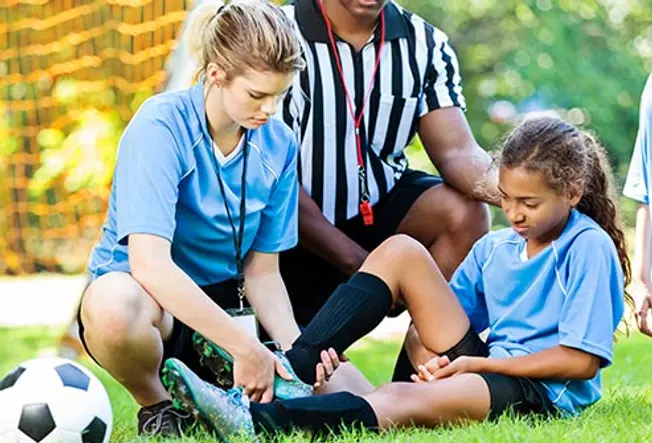
What Causes Basic to Suspension?
i / 15
From the crisis of a sports injury to an accidental fall, people pause bones in all kinds of ways -- commonly from some sort of impact. Bones are strong and even have some give to them, merely they have their limits, besides. They can even bleed after a serious interruption. Diseases like cancer and osteoporosis can also atomic number 82 to breaks because they make your basic weaker and more fragile.
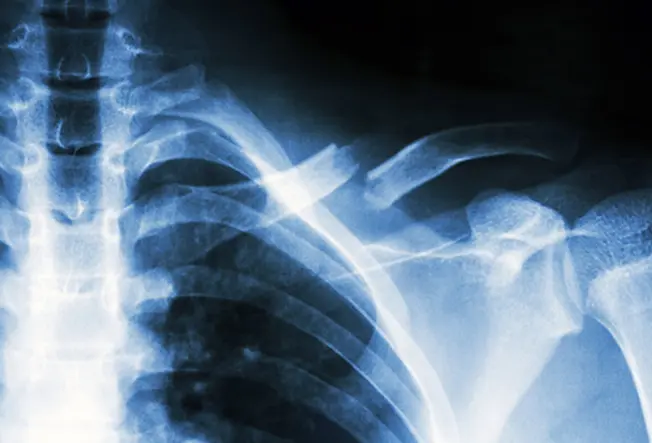
What Kind of Break?
two / fifteen
Doctors talk about broken basic, as well chosen fractures, with a few basic terms:
- Open up or closed? Closed, or simple, fractures don't pause through the pare. Open up, or compound, ones practise.
- Partial or complete? Fractional breaks don't go all the way through the bone. Consummate breaks mean the bone is in two or more pieces.
- Displaced or not-displaced? If the broken pieces still line upwards, it's a non-displaced break. If they don't, it's displaced.
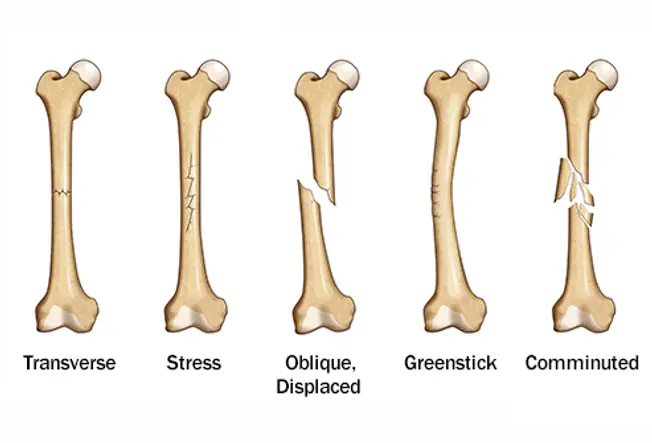
Types of Fractures
3 / fifteen
Common types of breaks include:
- Transverse: breaks straight across the bone
- Stress fracture: a very thin crevice, also chosen a hairline fracture
- Oblique: breaks at an angle
- Greenstick: breaks on i side, only bends on the other--like a fresh stick from a tree
- Comminuted: os breaks into iii or more pieces
Other types include compression fractures, which often happen in the spine, screw fractures, and avulsion fractures, when a tendon or ligament pulls off a piece of bone.
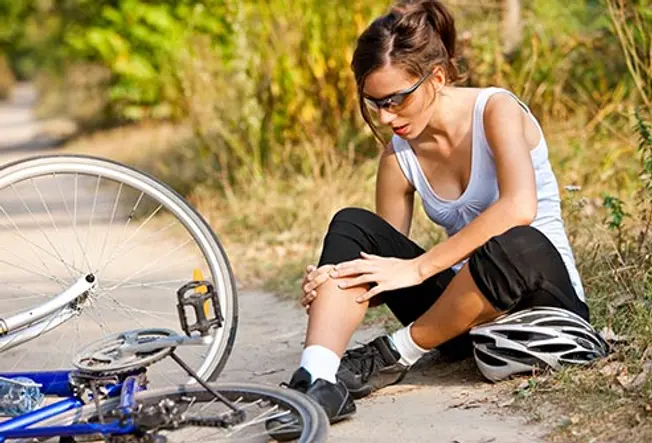
What Information technology Feels Like: Pain
4 / 15
Sometimes, kids get small fractures and don't fifty-fifty know it. Other times, your body may be in shock so you don't feel anything at all--at first. Merely usually a cleaved os means a deep, intense anguish. And depending on the break, you may feel sharp pain, as well.
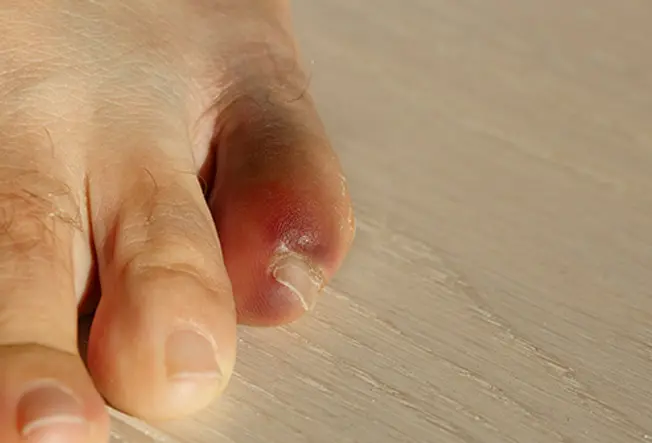
What It Feels Like: Other Symptoms
5 / 15
Bated from pain, your torso sets off all kinds of alarms to tell you something's actually incorrect. Yous might feel chilly, lightheaded, or woozy. Yous might fifty-fifty pass out. Around the interruption itself, you might notice:
- Bruising
- Stiffness
- Swelling
- Warmth
- Weakness
You lot may too accept trouble using that body part or see that the bone doesn't expect right -- like information technology'south aptitude at an odd angle.
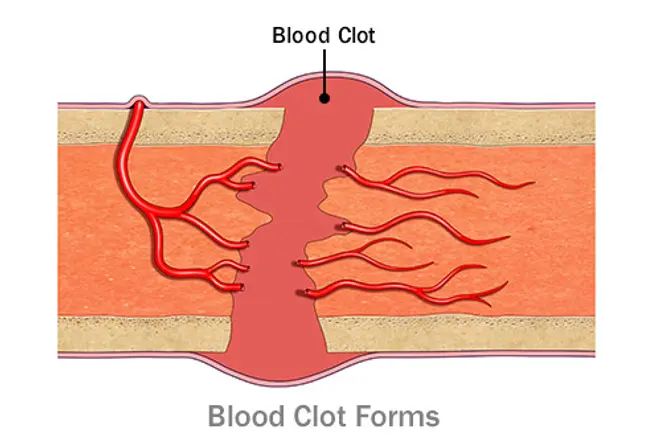
Bone Repair: Stride one
6 / 15
Os repair begins within just a few hours of the injury. You get a healthy swelling effectually the break as a blood jell starts to form. Your immune system sends in cells that human action like trash collectors -- they get rid of minor os pieces and kill any germs. Also, yous grow blood vessels into the area to help the healing process. This step may terminal a week or 2.
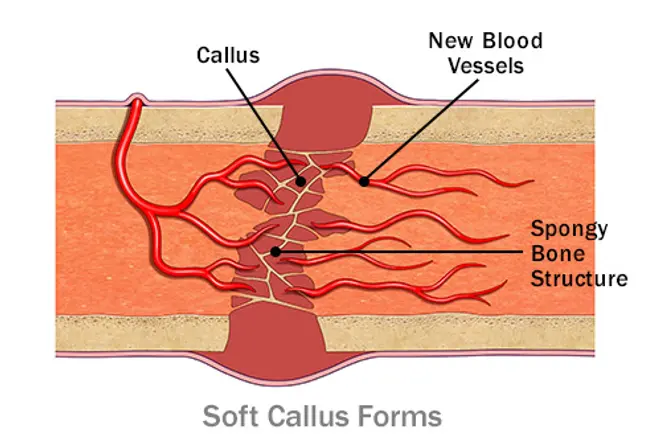
Bone Repair: Step 2
vii / 15
Over the next 4-21 days, you lot go a soft callus around the broken bone. This is when a substance called collagen moves in and slowly replaces the blood clot. The callus is stiffer than a jell, only not as strong equally bone. That'southward office of the reason y'all get a cast -- it holds the healing bone in place. If it moved, the soft callus could suspension and set dorsum your recovery.

Os Repair: Stride 3
8 / fifteen
About 2 weeks after the suspension, cells called osteoblasts move in and become to work. They class new bone, calculation minerals to the mix to make the bone hard and potent as it bridges the broken pieces. This stage is called the difficult callus. It usually ends 6-12 weeks later on the pause.

Os Repair: Step iv
ix / 15
Now you lot're in the homestretch: os remodeling. Hither, cells chosen osteoclasts do some fine-tuning. They break down any extra bone that formed during healing so your bones get back to their regular shape. When yous accomplish this stage, returning to your normal activities really helps y'all heal. This step may continue long after you experience better, sometimes lasting up to 9 years.

Treatment for Basic Breaks
10 / fifteen
Treatment for any break comes downward to three basic steps:
- Get the bone lined up in the correct place.
- Continue it from moving until it's healed.
- Manage the hurting.
For a basic break, your doctor may have to set the bone back in place. Then, you'll probably get a splint, brace, or cast to support your bone and keep you from moving it. Your doctor may also give you medicine for the hurting.
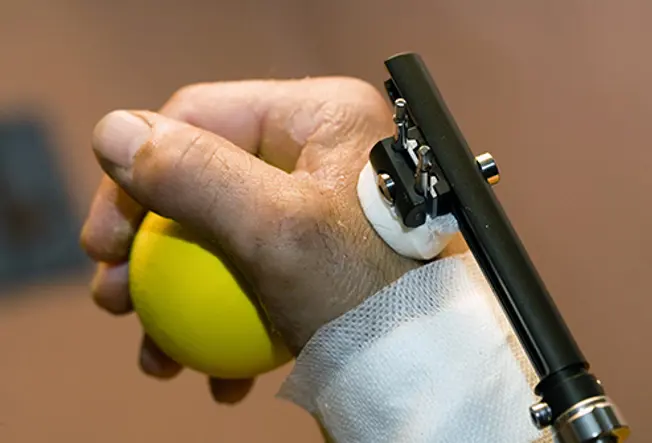
Treatment for Complex Breaks
11 / 15
For more than astringent breaks, you may need surgery. Doctors might put in screws, pins, rods, or plates to hold basic in place so they tin can heal correctly. Those parts may stay in identify after you've healed, or in some cases, your md will take them out.
In rare cases, yous may demand traction, a system of pulleys and weights around your hospital bed that hold your bones in the right position.
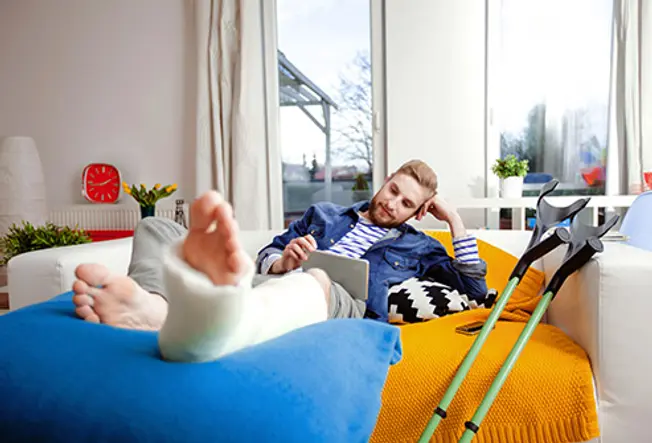
Recovery: Weeks 1-2
12 / 15
An boilerplate recovery takes 6-8 weeks but can vary based on the bone, blazon of break, your age, and your overall wellness. During the commencement couple of weeks, you lot'll need patience and practiced onetime-fashioned self-care. This is where you set the stage for healing. Follow your physician'south instructions closely and:
- Don't smoke.
- Do whatever exercises your doctor recommends.
- Eat a healthy diet.
- Residue the broken os as much as possible.
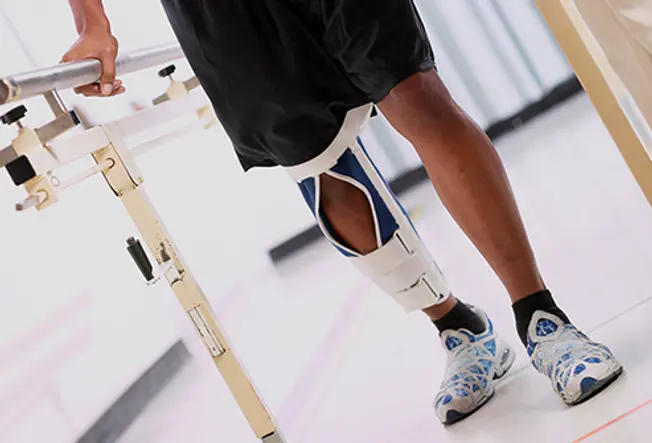
Recovery: Weeks 3-5
13 / xv
Your bandage is disquisitional for healing, but afterward but a few weeks without movement, your muscles get-go to become weak and stiff. This is often the time when you first some very bones exercises or early physical therapy. It helps ease stiffness, build musculus, and break down scar tissue. You also get your caput around moving this function of your torso that's been in pain for a while.
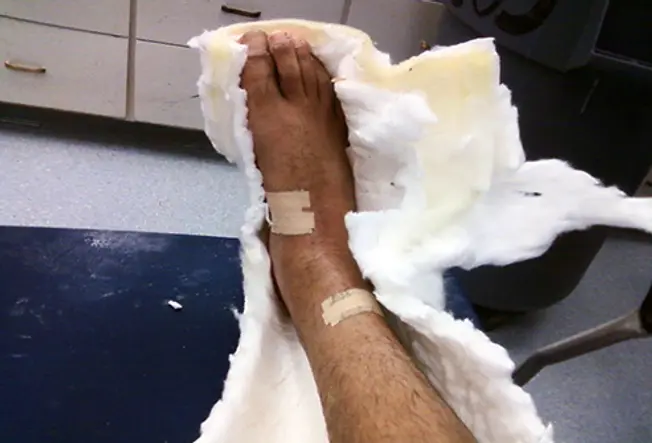
Recovery: Weeks half dozen-8
fourteen / 15
This is often when the cast comes off. Your skin and hair have been in the nighttime under at that place and your muscles will be weak, and then yous may discover:
- Body hair that'southward darker than usual
- Skin that'south stake or flaky
- The body function yous broke looks smaller -- it has less muscle
Yous'll get back to normal with time, and you lot may need more physical therapy. As you offset your regular activities, cheque with your doctor to see if yous take any limits on what you can exercise.

When to Call Your Medico
15 / 15
Equally you heal, keep any eye out for signs of whatever problems. Telephone call your doctor if yous detect problems like:
- Bluish color to your skin
- Tin't motility your fingers or toes
- Pain doesn't become better
- Problems with your cast, similar it cracks or feels as well tight or too loose
- Signs of infection, such as redness, swelling, or discharge that smells bad
- Tingling, numbness, pins and needles, or other odd feelings
IMAGES PROVIDED BY: 1) Thinkstock 2) Getty 3) WebMD four) Thinkstock v) Getty 6) Getty seven) WebMD 8) WebMD nine) WebMD 10) WebMD eleven) Thinkstock 12) Getty 13) Getty fourteen) Getty xv) Getty sixteen) Thinkstock Cleveland Clinic: "Fractures." KidsHealth: "The Facts About Broken Bones," "Cleaved Bones." Victoria State Government, Better Health Aqueduct: "Bone Fractures." American Academy of Orthopaedic Surgeons, OrthInfo: "Fractures (Cleaved Bones)." Arizona State University School of Life Sciences, Ask a Biologist: "Decorated Bones." Medscape: "Principles of Bone Healing." American Higher of Foot and Ankle Surgeons, Foot Health Facts: "Bone Healing." Osteoporosis Canada: "After the Fracture: Information Near Pain and Applied Tips for Move." NHS: "Broken Arm or Wrist." American Academy of Orthopaedic Surgeons: "Internal Fixation for Fractures." Testify Sources
Source: https://www.webmd.com/first-aid/ss/slideshow-break-bone-what-happens
0 Response to "Breaking a Fracture Again That Grew Back"
Post a Comment